What is Castling in Chess, How to Castle, What are the Rules?
Chess is a game of strategy and tactics, and one of the most important moves in the game is castling. Castling is a move that allows the player to protect their king and develop their rook at the same time. In this blog post, we'll explain what castling is and how to do it.
What is Castling?
Castling is a special move that allows the player to move their king two squares towards a rook on the player's first rank, then move the rook to the square over which the king crossed. Castling can only be done if the following conditions are met:

- Neither the king nor the rook has previously moved during the game.
- There are no pieces between the king and the rook.
- The king is not in check or moving through a square that is attacked by an opponent's piece.
Castling is an important move because it allows the king to move to a safer position while also bringing the rook into play. This move is especially useful in the opening and middle game when the player is still developing their pieces.
How to Castle in Chess?
To castle in chess, follow these steps:
- Decide which rook you want to castle with. In most cases, the king-side rook is the best choice because it moves the king closer to the edge of the board and away from the center where most of the action is happening.
- Move the king two squares towards the chosen rook. For example, if you're castling with the king-side rook, move the king two squares towards the rook on squares g1 or g8.
- Move the rook to the square over which the king crossed. For example, if you're castling with the king-side rook, move the rook to square f1 or f8.
- Congratulations! You have successfully castled.
It's important to note that you can only castle once per game and you cannot castle out of check or through check. It's also important to remember that the king cannot move through or land on a square that is attacked by an opponent's piece.
Rules to Castle?
- The king and the chosen rook must not have moved from their original squares.
- The squares between the king and the chosen rook must be unoccupied by any pieces.
- The king must not be in check.
- The king cannot move through or land on a square that is attacked by an opponent's piece.
- The king cannot castle out of check or through check.
If any of these rules are violated, castling cannot be executed. It's important to remember that you can only castle once per game and it's a great way to quickly get your king to safety while developing your rook.
Example where castling can be done:

Example where castling cannot be done:
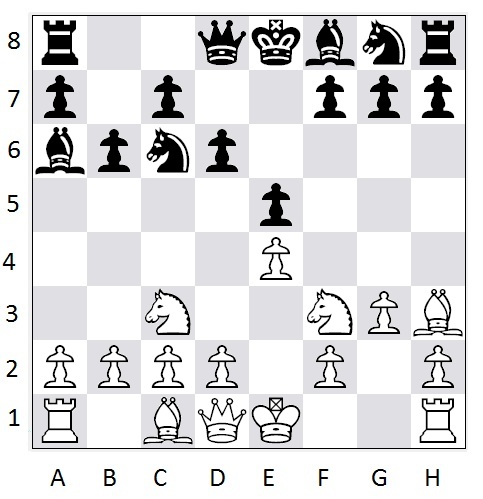
In conclusion, castling is an important move in chess that allows the player to protect their king and develop their rook at the same time. By following the rules of castling and keeping the conditions in mind, you can successfully execute this move in your games. So, go ahead and practice this move and watch your game improve!


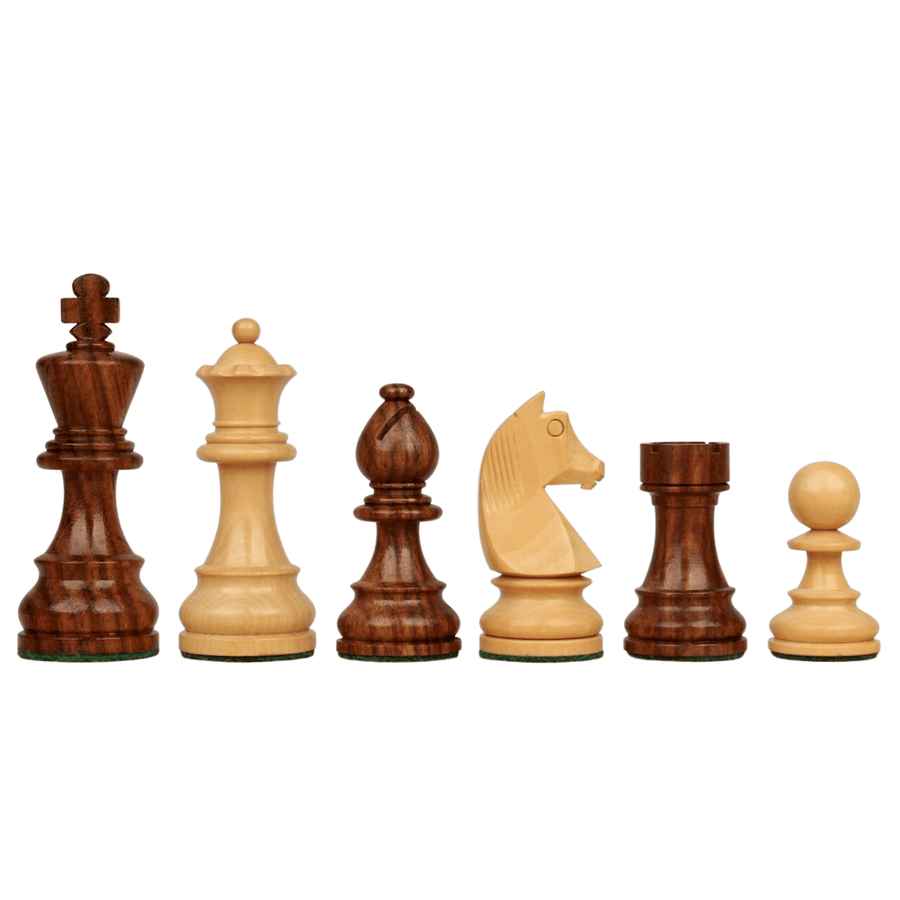
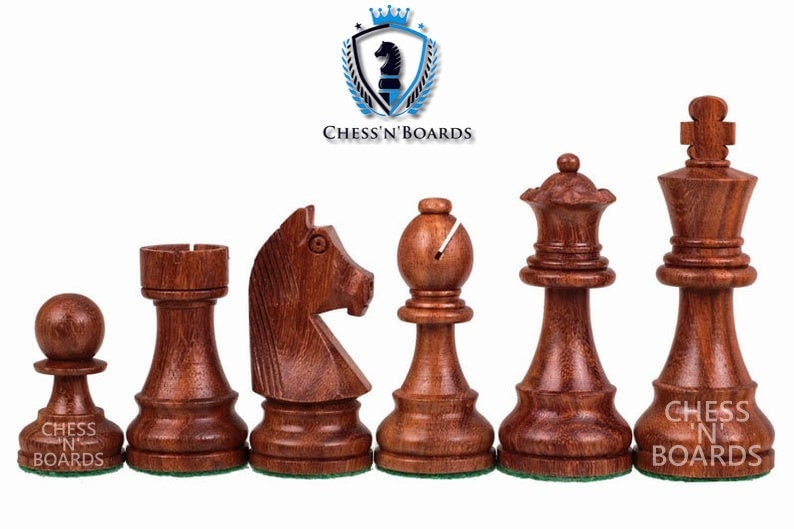
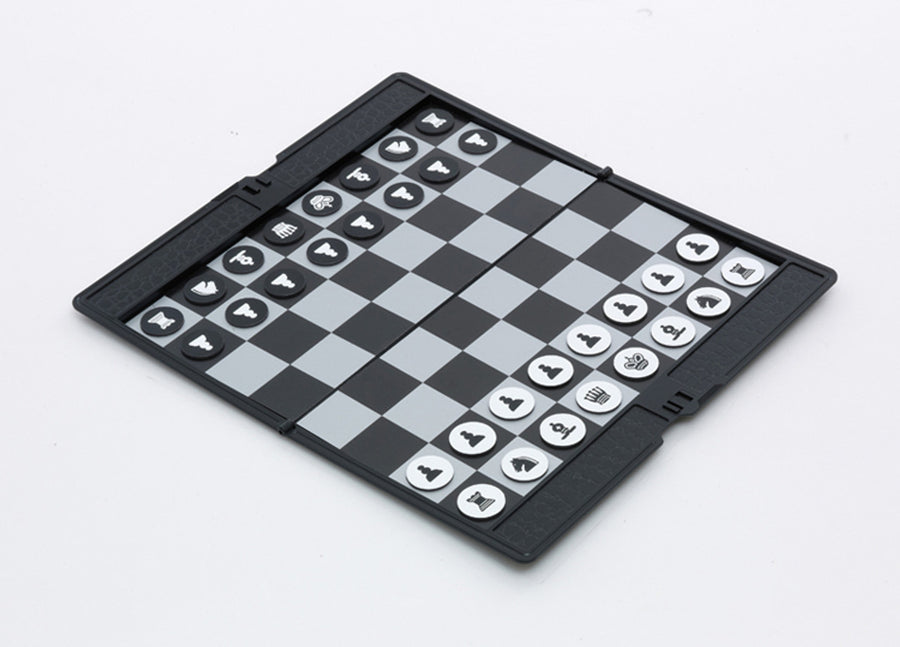
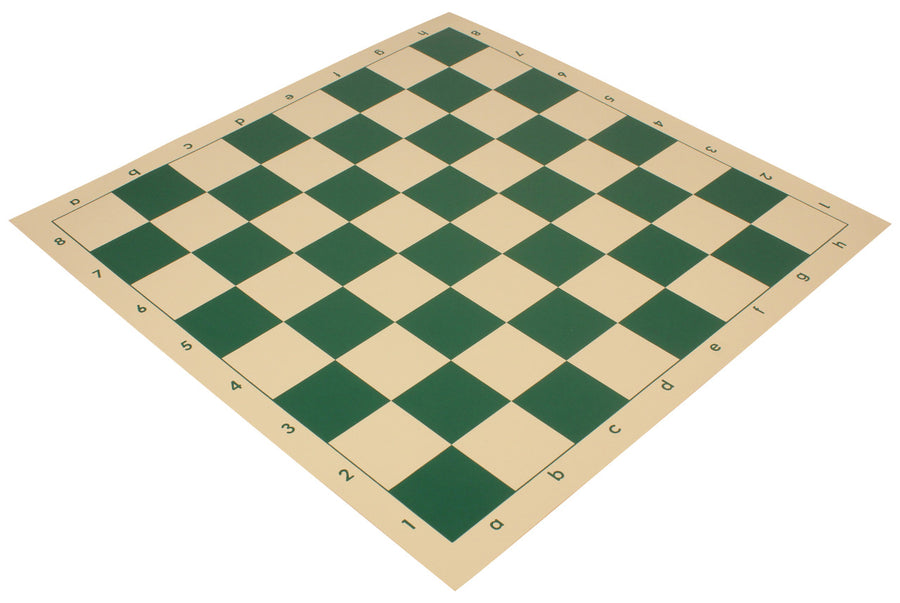


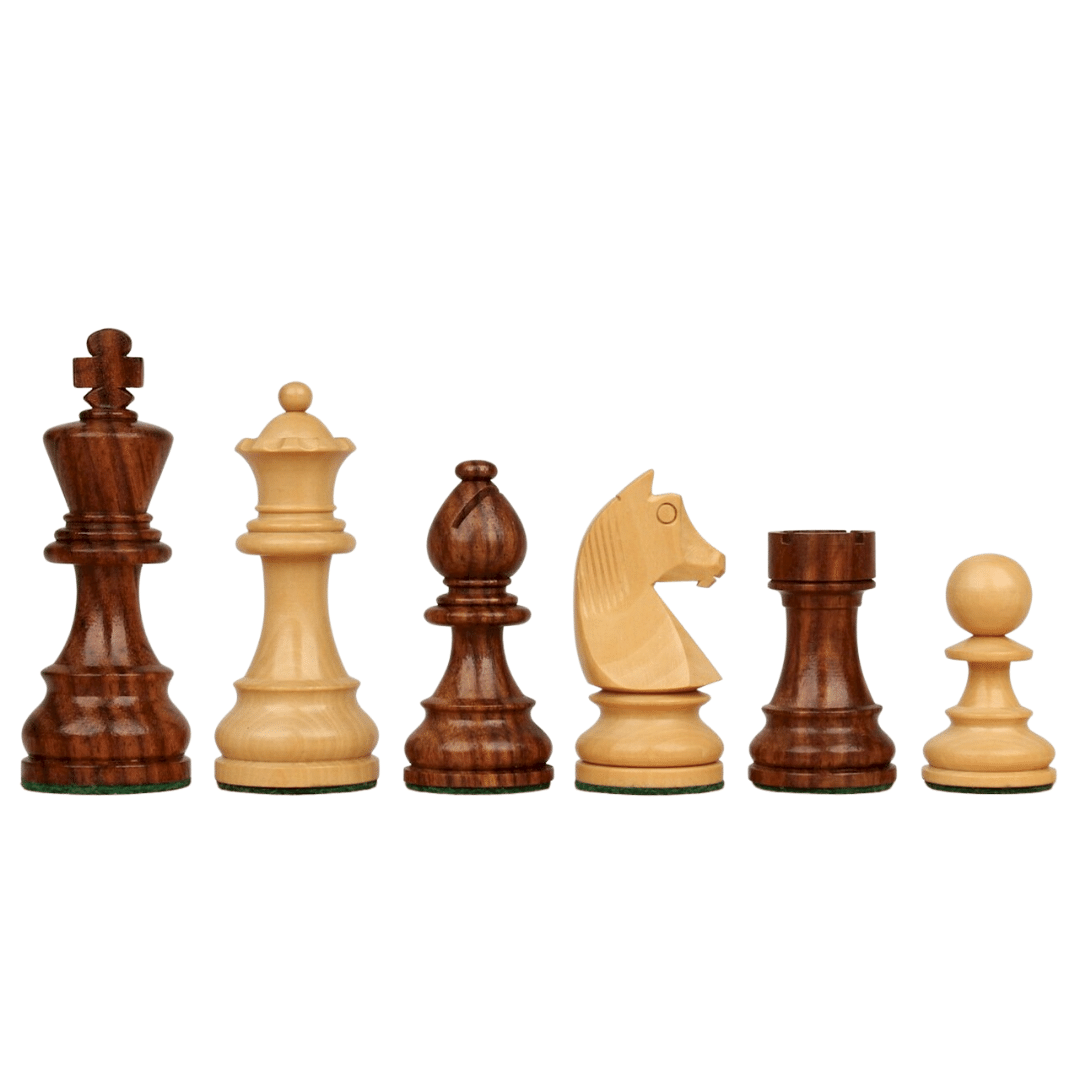
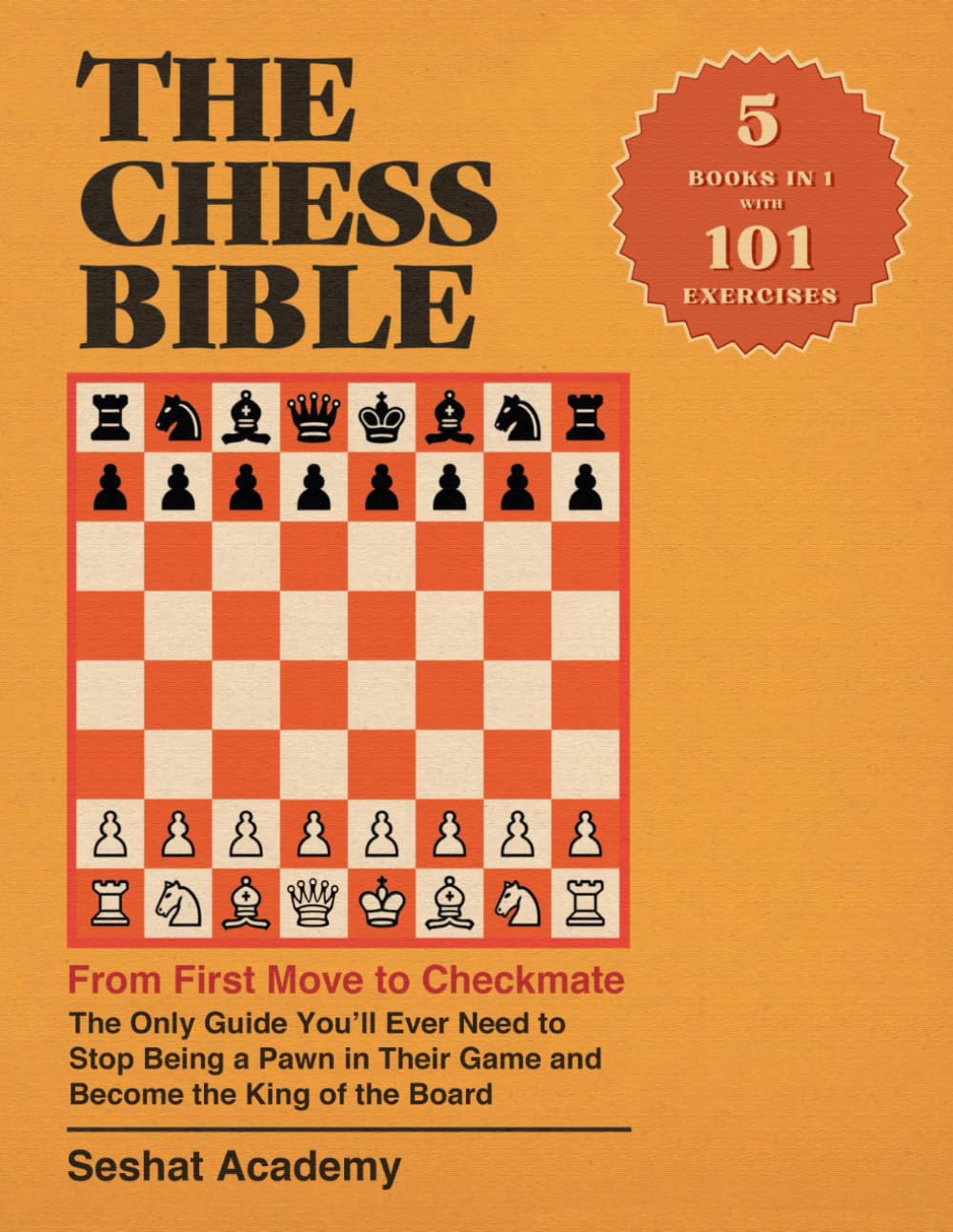


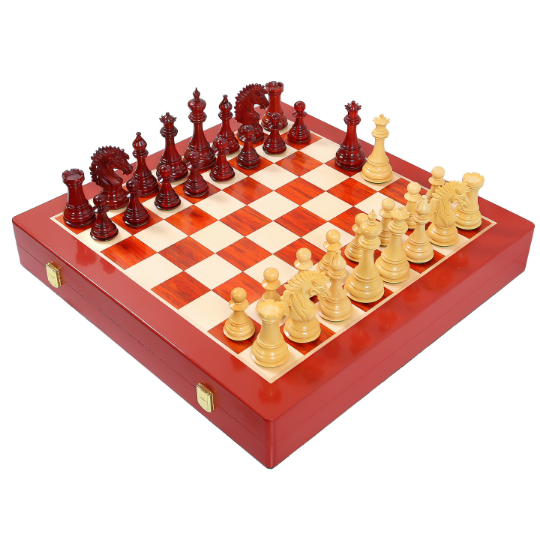
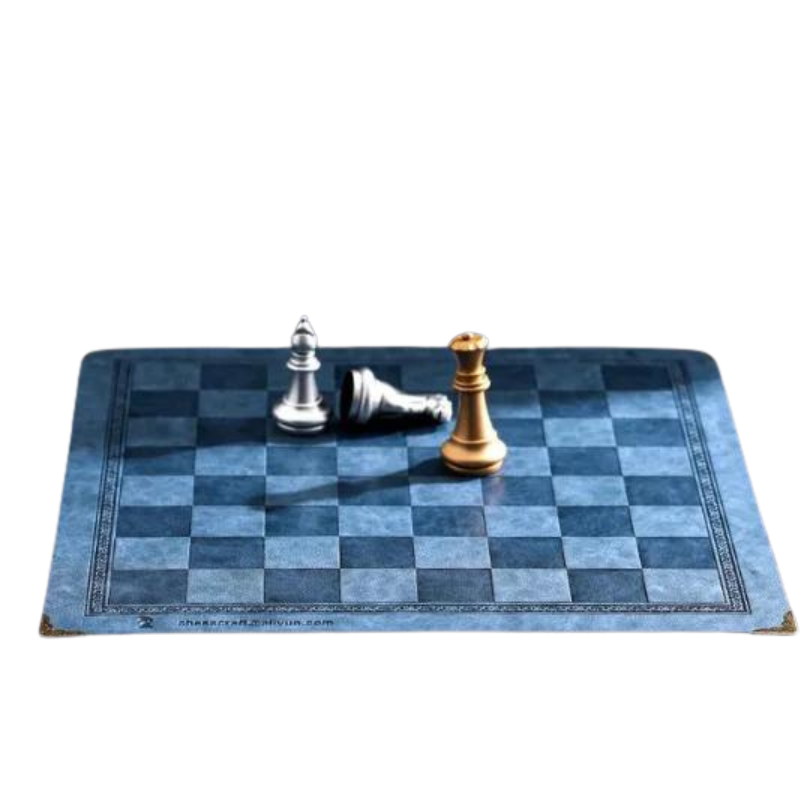

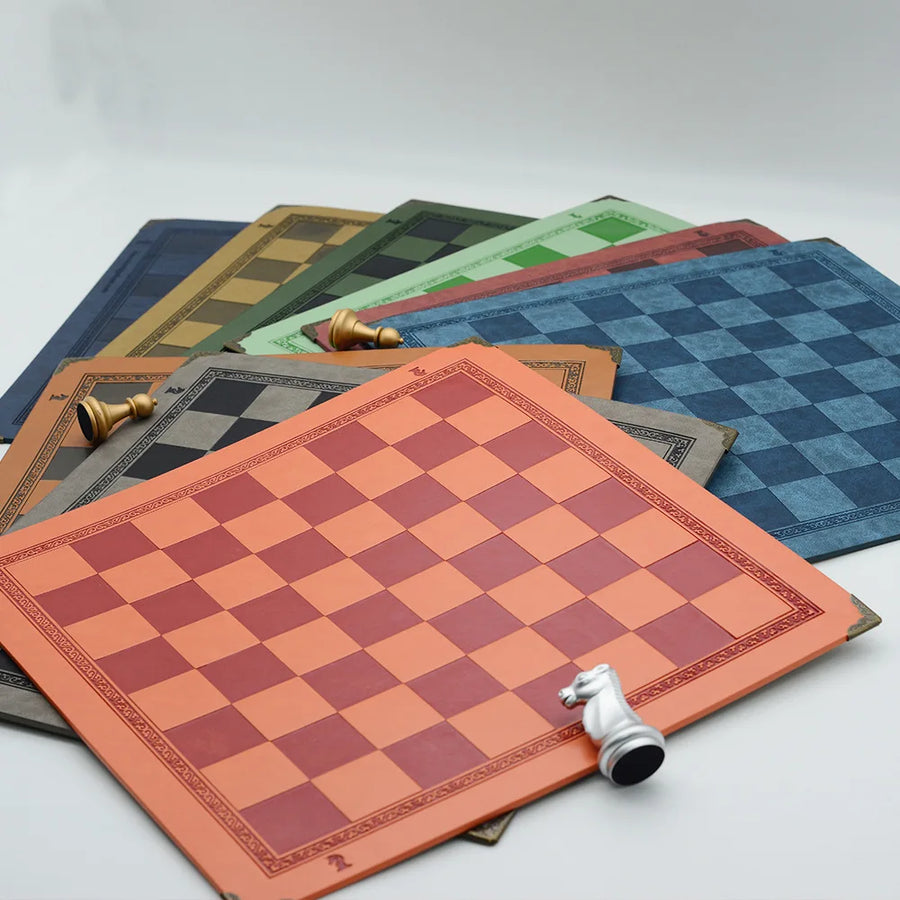
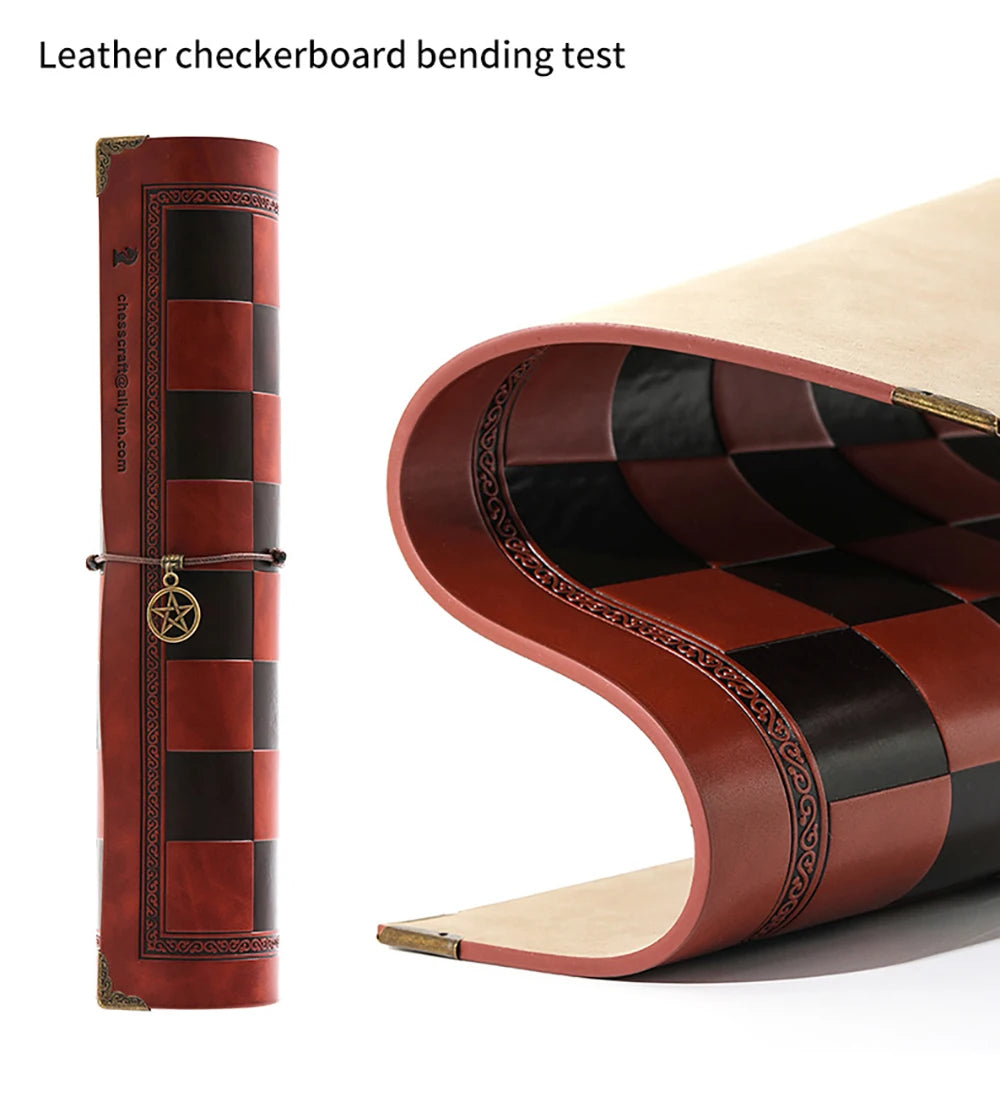
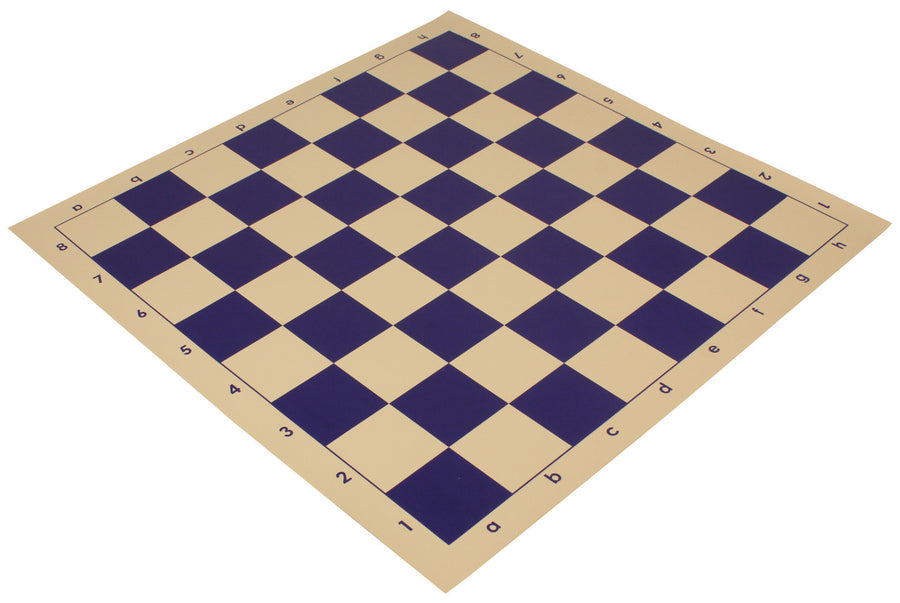
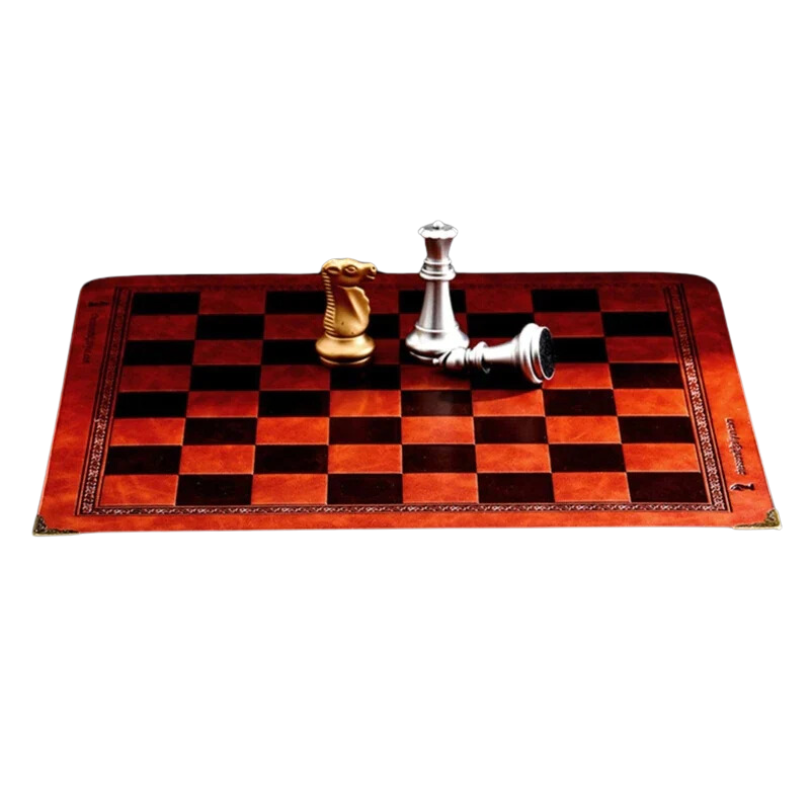

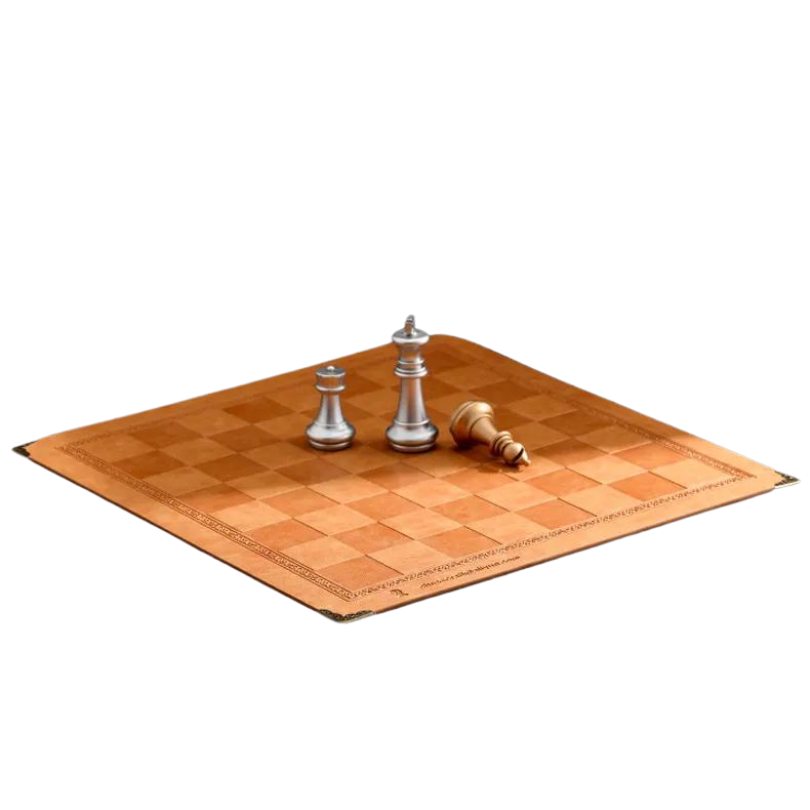
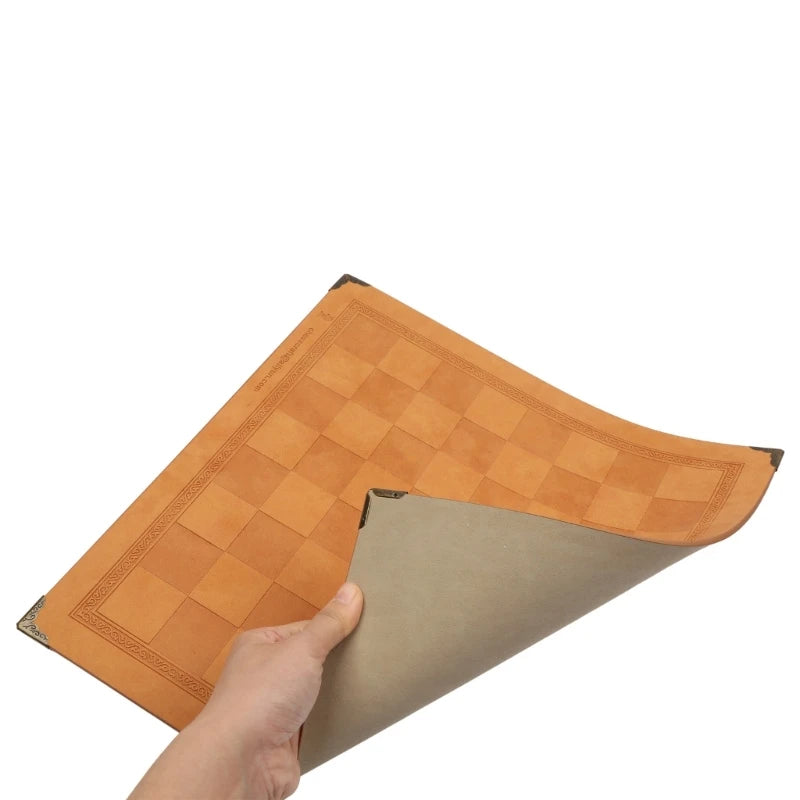
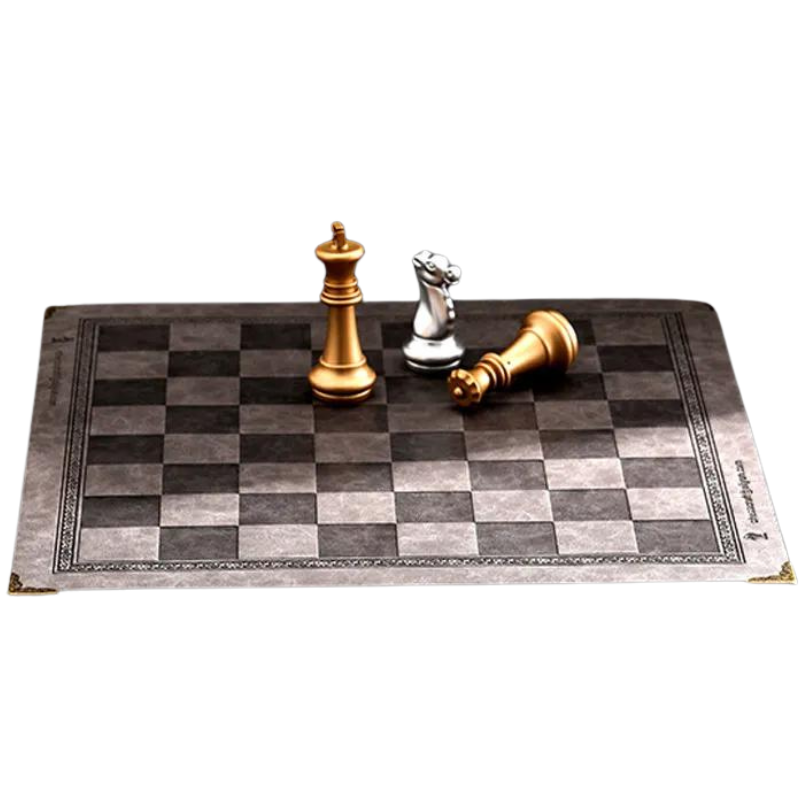
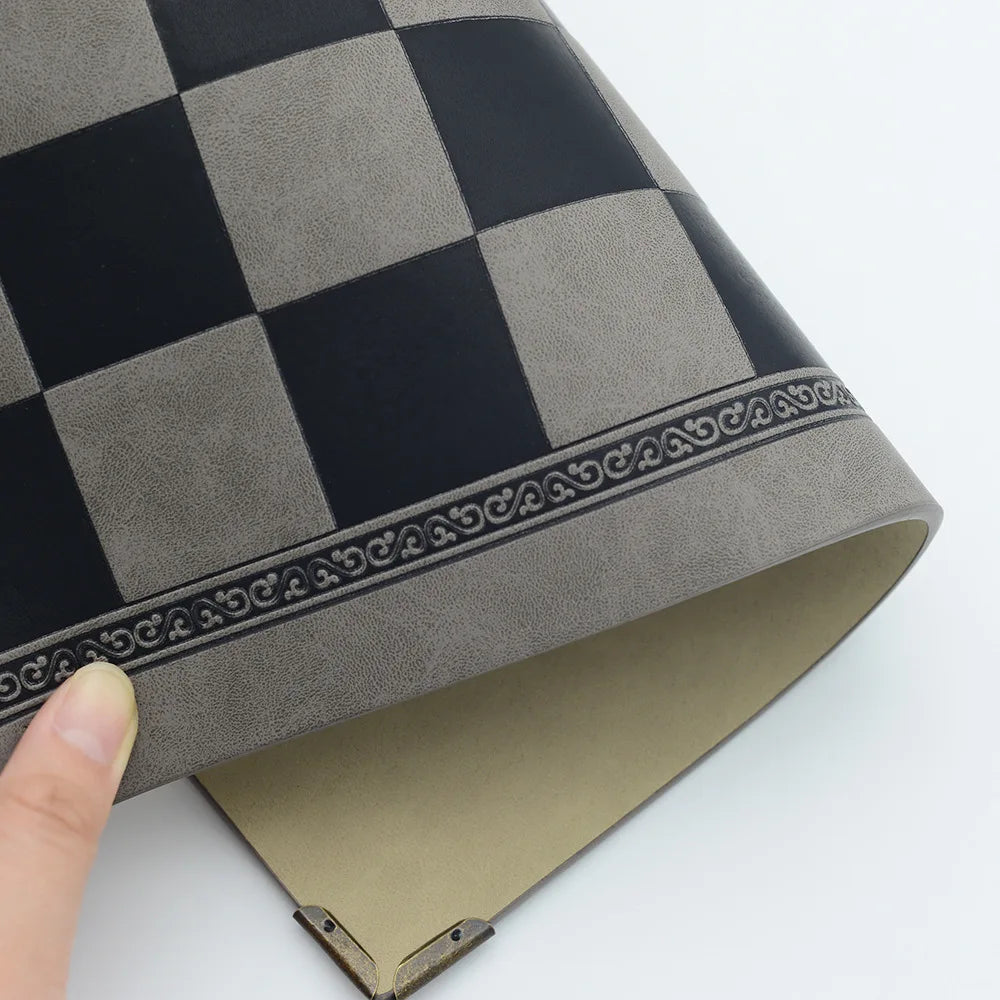








Leave a comment